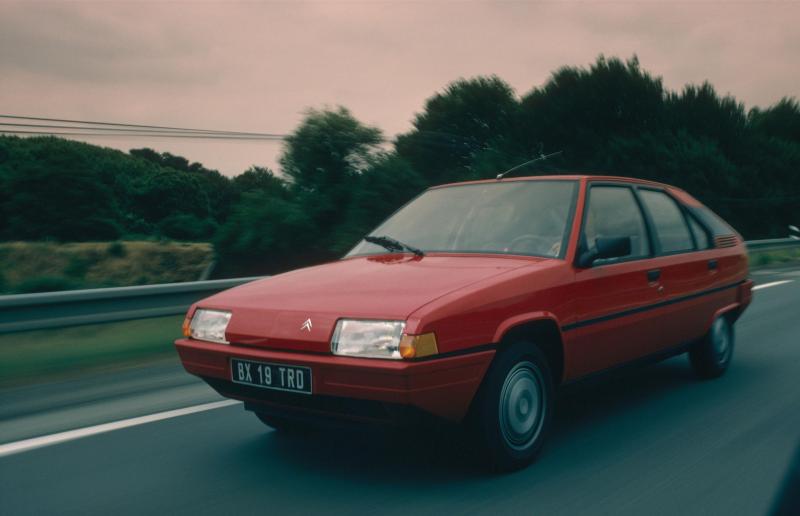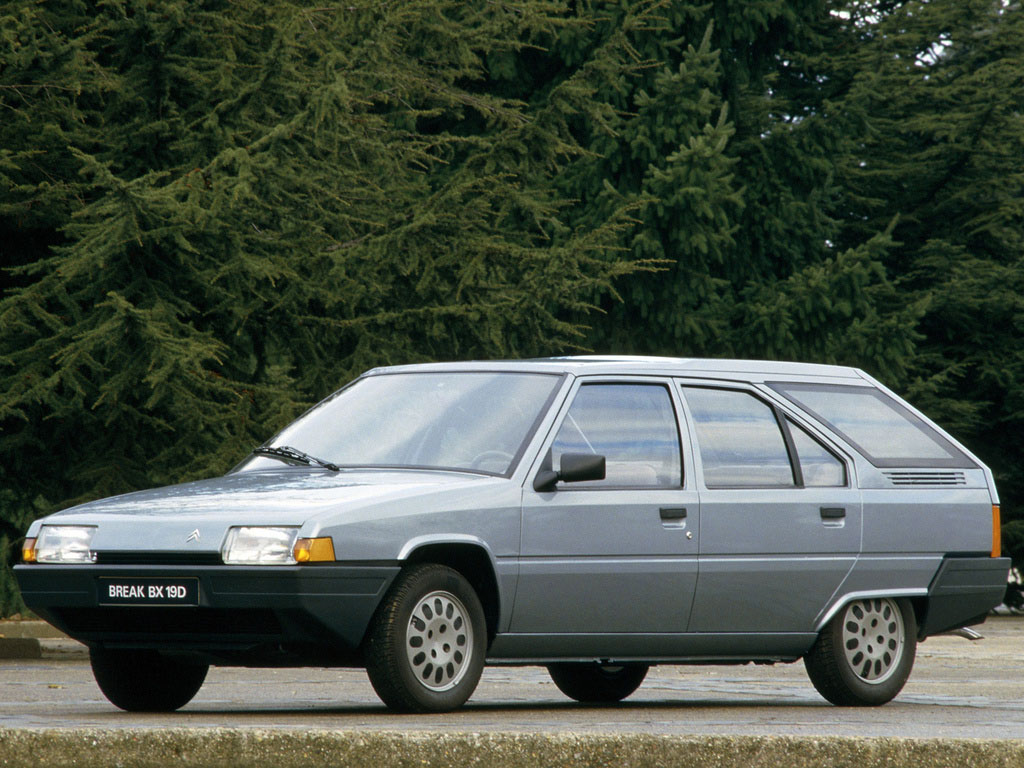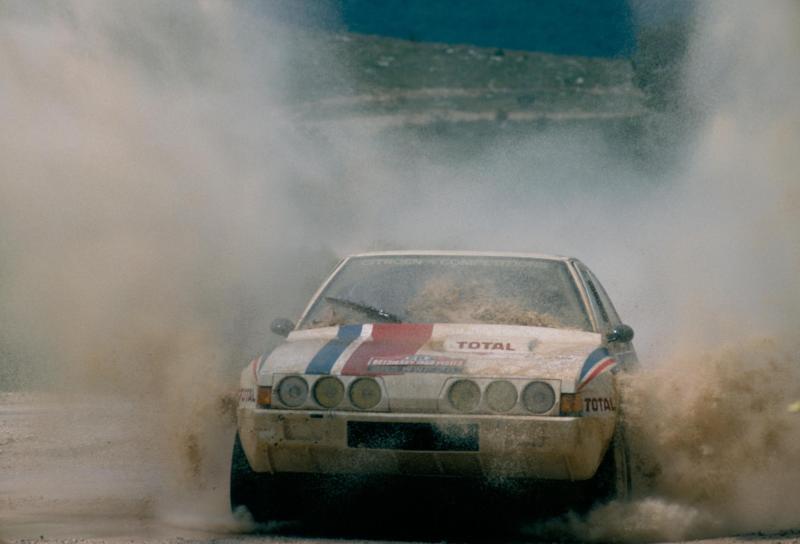The Citroën BX was designed to replace the successful Citroën GS/A with a larger vehicle. Manufactured from 1982 to 1994, in total 2,315,739 BXs were built during its 12-year history. The hatchback was discontinued in 1993 with the arrival of the Xantia, but the estate continued for another year. The angular Marcello Gandini-designed hatchback was one of the first cars to benefit from the merger of Peugeot and Citroën in 1976, sharing its platform with the more conventional 405 that appeared in 1987.
Among the features that set the car apart from the competition was the traditional Citroën hydropneumatic self-levelling suspension, extensive use of plastic body panels (bonnet, tailgate, bumpers), and front and rear disc brakes. The BX dispensed of the air cooled, flat four engine which powered the GS, and replaced it with the new PSA group XY, TU and XU series of gas powered engines in 1.4 L, 1.6 L and 1.9 L displacements. A diesel engine version was launched in 1984. The diesel and turbo diesel models were to become the most successful variants.
In 1983, an estate version was made available. In the late 1980s, a four-wheel drive system and turbodiesel engines were introduced.
In 1986 the MK2 BX was launched. The interior and dashboard were redesigned to be more conventional-looking than the original, which used Citroën’s idiosyncratic “satellite” switchgear, and “the rotating drum” speedometer. These were replaced with more conventional stalks for light and wipers and analogue instruments. The earlier GT models already had a “normal” speedometer and tachometer.
1988 saw the launch of the BX Turbo Diesel, bringing new levels of refinement and performance to the diesel market, which brought an end to the common notion that diesel cars were slow and noisy. The BX also proved to be successful rally vehicle for Citroen with 4 x 4 versions winning many championships.
The last BX was made in 1994, by which time its successors had already been launched. It had been partially replaced by the smaller ZX in early 1991, but its key replacement was the slightly larger Xantia that went on sale on March 1993.










